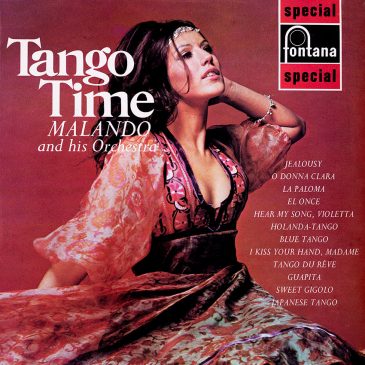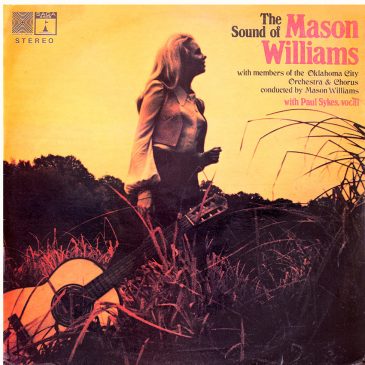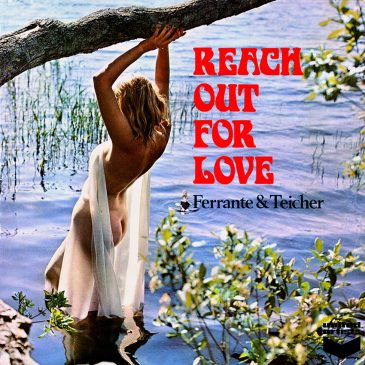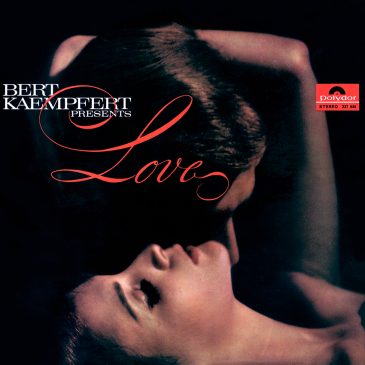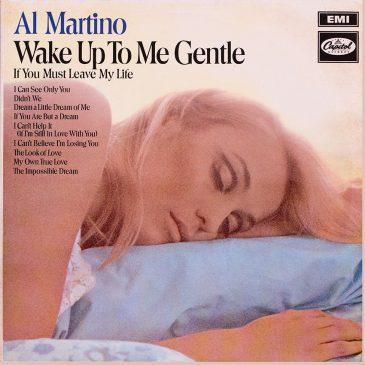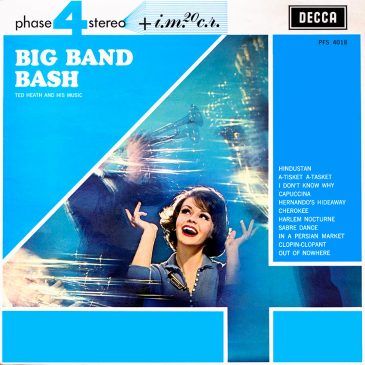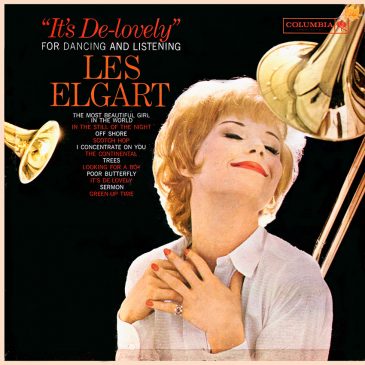Malando and his Orchestra – Tango Time
Sleeve Notes: MALANDO — DUTCH TOUCH TANGO MAN No one knows — least of all himself — why Arie Maasland, as Dutch as the bulbfields, the wooden shoes and windmills of tourist-poster fame, should have taken to Latin-American music so … Continued

